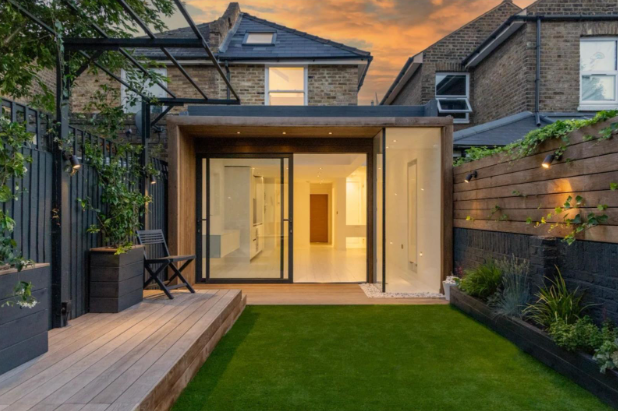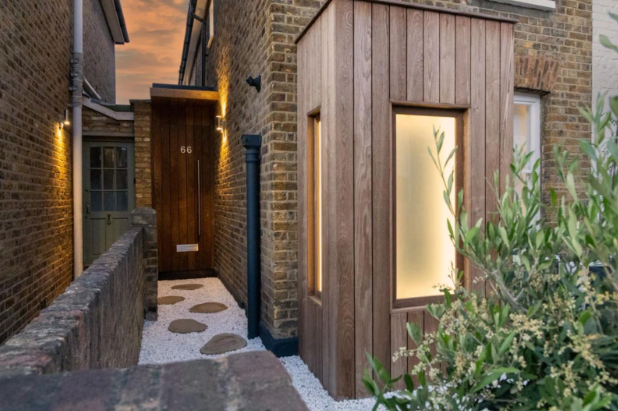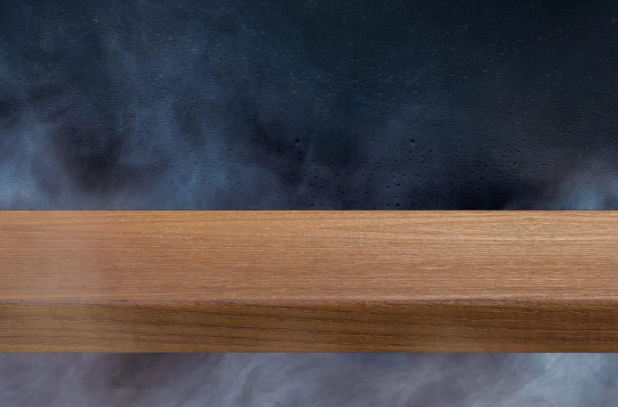Why Thermally Modified Wood Is A Smart Choice For Renovations
Share
Copy Link

Photo credit: Linkfield Rd house with Thermory Benchmark Thermo-Ash cladding and decking distributed by Outdoor Deck Company
Thinking about upgrading your home? Thermally modified wood offers beauty, performance and sustainability in one smart package.
Renovating a home can be as exciting as it is overwhelming – especially when you’re trying to balance style, sustainability and long-term value. One material that ticks all the boxes? Wood. More specifically, thermally modified wood – a durable, natural and eco-conscious alternative to traditional timber.
Whether you're refreshing a tired façade, updating your garden, or planning a home extension, here's why this increasingly popular material is a favourite among architects, DIY renovators, and homeowners across the UK and Europe.
Why retrofit with wood?
Retrofitting – the process of upgrading older homes with modern materials and systems – is one of the best ways to enhance comfort, efficiency and aesthetics without rebuilding.
Among the many material options available, wood stands out as a naturally beautiful and time-tested solution. Its warmth and tactile appeal add character to both contemporary and traditional homes, making it one of the most versatile choices for enhancing exterior and interior spaces alike.
Wood is a lightweight yet strong material, making it easy to work with on-site, whether you're managing the project yourself or collaborating with a builder. It adapts well to different surface types and shapes, making it ideal for renovations that demand flexibility.

Photo credit: Linkfield Rd house with Thermory Benchmark Thermo-Ash cladding and decking distributed by Outdoor Deck Company
For heritage properties, timber is often the only suitable material for maintaining architectural authenticity, while for modern homes, it offers a design-forward aesthetic that's hard to replicate. Timber products sourced from responsible suppliers, such as those with FSC® or PEFC certification, ensure your renovation supports forest preservation and ethical production practices.
As more homeowners embrace sustainable building practices, timber remains one of the most renewable and recyclable materials available. It’s not only carbon-storing but also reusable and biodegradable, making it a smart and future-proof choice for both style and conscience.
What is thermally modified wood?
Thermally modified wood (often shortened to "thermowood") is real wood that's been treated with just heat and steam to improve its durability and performance. The process changes the wood's structure, making it more stable, moisture-resistant and decay-resistant – all without using any chemicals.
At Thermory, this technique is applied to a variety of high-quality wood species including ash, pine, spruce, radiata pine, and oak.
Compared to untreated timber, thermowood lasts longer, performs better in variable climates, and develops a beautiful silver-grey patina over time if left to weather naturally.

Photo credit: Thermory
The benefits of thermally modified wood
Thermowood brings together beauty, durability and functionality:
- Exceptional durability: With improved resistance to moisture, insects and decay, thermowood is ideal for the UK’s unpredictable weather.
- Dimensional stability: Less likely to warp, twist or swell over time.
- Chemical-free: Modified using only heat and steam, making it safer for homes and the environment.
- Natural aesthetic: Retains the beauty and texture of real wood, with rich tones and natural grain.
- Low maintenance: Needs little upkeep and can be left to silver naturally, or preserved with oil or stain.
- DIY-friendly: Thermowood is lightweight, easy to cut and handle on-site, and doesn’t require special tools.
- Easy installation: Thermory’s smart PaCS installation system allows boards to be clipped in place with no visible screws – and even removed or replaced individually if needed.
- No hazardous waste: Since there are no added chemicals, offcuts and leftover material don’t need to be treated as hazardous waste.
These qualities make thermally modified wood a standout choice for homeowners who want lasting performance without constant upkeep – and a breeze for hands-on renovators.
Where can you use thermally modified wood in a renovation?
This versatile material can be used in countless ways across your home:
- Exterior cladding: Update your home’s façade with a sleek timber look that also boosts weather resistance.
- Decking: Safe, splinter-free under bare feet, and ideal for outdoor living spaces.
- Garden structures: Use for fencing, garden rooms, pergolas or sheds.
- Interior walls and ceilings: Add texture and warmth to modern interiors.
- Saunas or wellness spaces: Naturally beautiful and moisture-tolerant.
Is thermowood sustainable?
Yes – and increasingly preferred for low-impact building.
Wood locks in carbon throughout its lifetime, and the thermal modification process uses no chemicals. Manufacturers like Thermory, one of the leading producers in Europe, source their timber responsibly and offer FSC® or PEFC-certified options. In fact, their process ensures the wood stores four times more CO2 than it emits during production, making it a truly climate-smart material.
How does it compare on cost and maintenance?
While thermowood may cost slightly more upfront than standard timber, it offers impressive long-term value thanks to its stability and reduced maintenance needs. With proper installation and minimal care, it can last for decades.
It’s a case of pay once, enjoy for decades.
Ready to renovate with confidence?
Whether you're retrofitting a Victorian terrace or building a contemporary garden room, thermally modified wood gives you a natural, sustainable and design-forward edge. Talk to your architect, builder – or take it on yourself with DIY-friendly options – and explore European-made brands like Thermory for premium, long-lasting results.
Published: August 1, 2025



